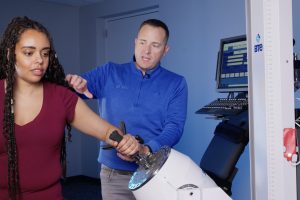-

Choose the right rehabilitation modality for consistent results. Get evidence-based guidance on equipment, compliance , and reimbursement optimization.
-

Active vs Passive Exercises During Rehab: Interventions and Strategies for Optimal Patient Outcomes
CategoriesTransform your patient rehab outcomes. Learn how active vs passive exercises impact neuroplasticity, patient engagement, and long-term independence goals.
-

Accelerate your recovery with soccer rehab exercises and advanced rehabilitation tools designed to build strength, restore mobility, and prevent re-injury.
-

Explore top occupational therapy equipment for stroke rehab designed to assist stroke survivors in regaining mobility and performing everyday tasks.
-

Discover a step-by-step shoulder dislocation rehab protocol designed to restore function, prevent re-injury, and guide your patients safely from initial evaluation to full return to activity.
-

Master your tennis performance with these expert-approved tennis exercises. Build strength, improve agility, and stay injury-free with these proven workouts.
-

Pinch strength plays a crucial role in daily tasks, from self-care to sports, yet it often goes unnoticed until weakness sets in. This article explores the importance of pinch strength, effective exercises to improve it, and advanced rehabilitation tools like the PrimusRS that enhance therapy outcomes.





